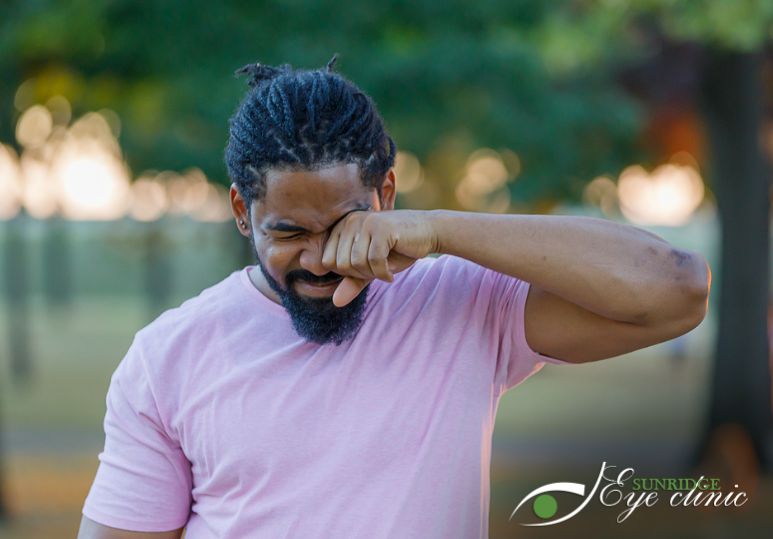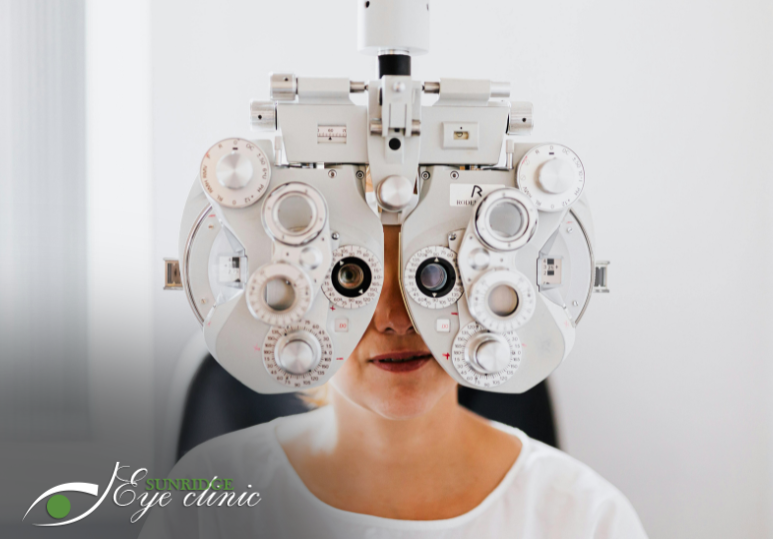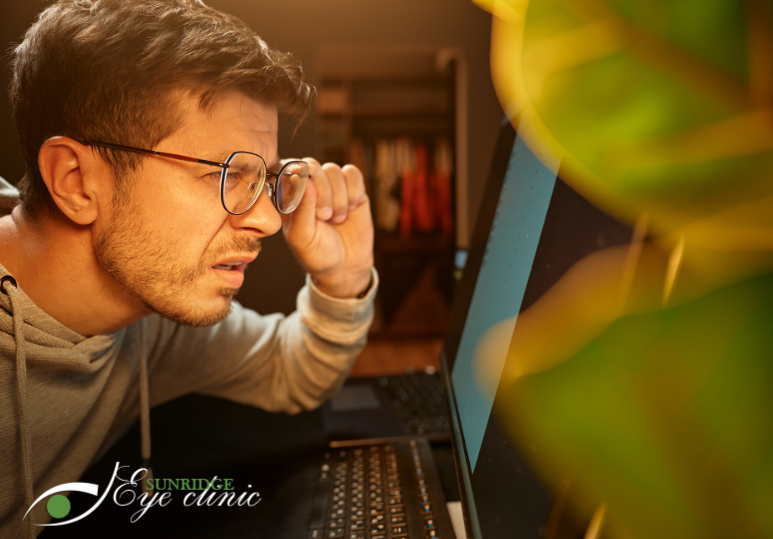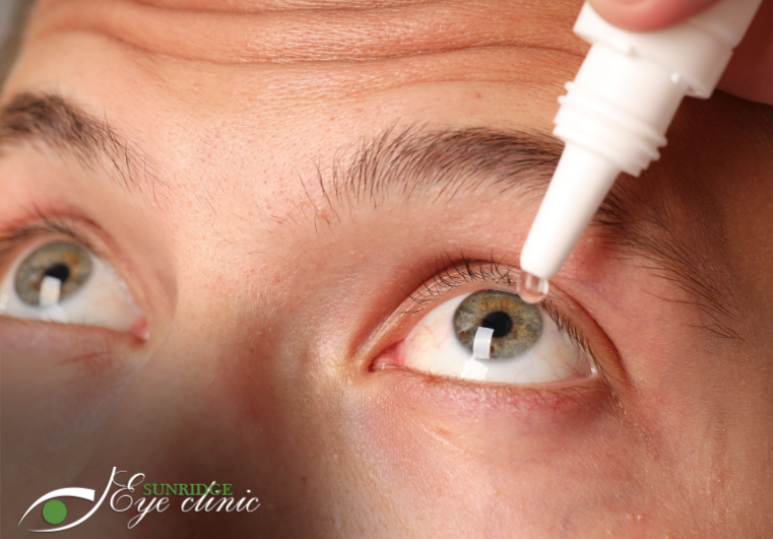Optometrist Recommendations For Dry Eye Relief
Addressing Underlying Conditions
Sometimes dry eyes are caused by other conditions in the body. Dry eyes can also be a side effect of certain medications or medical treatments. By determining what underlying conditions may be triggering your dry eyes, your optometrist can inform your health care provider and the two can work together to relieve your dry eye symptoms.
Artificial Tears
These lubricating eye drops provide temporary relief for people with dry eyes. They help your tear film work more effectively. Artificial tears can come with preservatives that make the eye drops last longer or they can come as preservative free. Optometrists often recommend eye drops with preservatives for people with mild dry eyes who do not use the drops frequently and may need the drops stored for longer. Optometrists often recommend preservative-free artificial tears for people with moderate to severe dry eyes. Preservative-free artificial tears can be used as frequently as desired but eye drops with preservatives are recommended to use a maximum of 4 times a day.
Prescription Eye Drops
For more severe dry eye symptoms, your optometrist may prescribe eye drops that reduce corneal inflammation. Prescription eye drops can sometimes contain steroids, but this should only be used for a short time as corticosteroids can cause side effects if used long-term.
Warm compresses
Some people experience dry eyes because of inflammation of the eyelids that block the flow of oils needed for tears to maintain lubrication. When there is not enough oil in the composition of tears, the aqueous fluid (the water of the tears) evaporates too quickly and the eyes dry out. To release the oils essential to eye lubrication, your optometrist may recommend at-home warm compresses. Regularly applying a warm washcloth to your eyes for 5 minutes (rewetting as the water cools down) and wiping away any debris from the eyelids and lash line can help clear built-up oil. Warm compresses are only one of several at-home remedies your optometrist may suggest for dry eye relief. Read At Home Remedies To Help Alleviate Dry Eye Symptoms to learn more ways to help your dry eyes.
Punctal Plugs
These are small inserts that your optometrist places in the small opening in the eyelids near the innermost corner of the eye called the puncta. These punctal plugs will help to reduce the amount of tear drainage to help keep tears in the eyes. Punctal plugs can either be temporary or semi-permanent. Temporary punctal plugs are made of a safe, natural material that breaks down anywhere from a few days to a few months. Semi-permanent punctal plugs are made of medical-grade plastic and are designed to stay in the puncta for several years.
Dry Eye Relief From A Calgary Optometrist
If you suspect you are suffering from dry eyes, your optometrist can help. Book an eye exam with a Calgary optometrist at Sunridge Eye Clinic and we will test for dry eyes as well as discuss your symptoms and come up with relief methods. At Sunridge Eye Clinic, our highly experienced staff will find the dry eye solution you need and we will work together to reduce your symptoms. To start your journey to dry eye relief, contact our Calgary optometrists at 1-403-280-7518 or fill out the online contact form to arrange an appointment.
FAQ
Q: What are the consequences of leaving dry eyes untreated?
A: If dry eyes are not assessed, you run the risk of your symptoms getting worse as well as potentially leaving other harmful conditions to develop. Dry eye symptoms could be a sign of something else such as immune system disorders. If you do have dry eyes, and they are left untreated, the dryness can lead to corneal scratching, corneal ulcers or abrasions, and possibly even vision loss.
Q: Are dry eyes preventable?
A: For many, dry eyes are a symptom of factors such as medication, use of digital devices or contacts, pregnancy, smoking, and more. Due to the nature of these factors, as well as genetics and health conditions, dry eyes are not always preventable. However, in some cases by taking other preventative steps, dry eyes can be mitigated and managed.
Q: How does an optometrist know if I have dry eyes or Dry Eye Syndrome?
A: When you book an eye exam for dry eyes, your optometrist will administer tests as well as discuss your symptoms, the severity of your dry eyes, and how long you have experienced dry eyes. The information from this cumulative dry eye exam will help your optometrist determine the severity of your dry eyes as well as what treatments to suggest. Learn more about testing for dry eyes by reading How A Doctor Of Optometry Diagnoses Dry Eye Syndrome.






